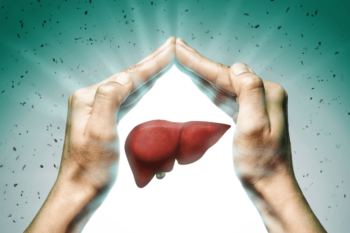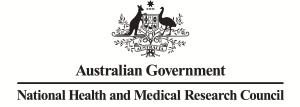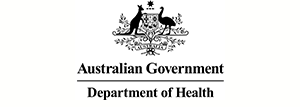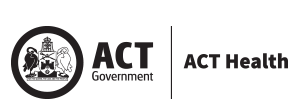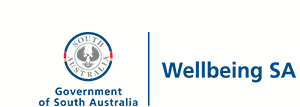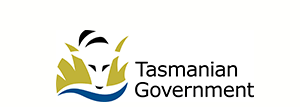Preventing liver cancer

Status completed
Start Date
End Date
Liver cancer is one of the most rapidly growing cancer types in Australia, in terms of incidence and mortality.
This project will expand on an existing Australian liver cancer predictive model to incorporate a prevention lens providing a more comprehensive view of liver cancer control and guide planning for liver cancer in the long term.
Introduction
The project team expanded the scope of the predictive model (Policy1-Liver) developed by the Daffodil Centre. This model was used to further evaluate the impact of excessive alcohol consumption or obesity on liver cancer alongside HCC surveillance.
Featured project resources
-
Seminar: Building an economic case and planning for liver cancer control
Resource category:Videos
Date -
Preventing liver cancer: Assessing the benefits of risk assessment for patients with metabolic-associated fatty liver disease
Resource category:Reports
Date -
Infographic: Assessing the benefits and costs of risk-stratified surveillance for patients with metabolic-associated fatty liver disease
Resource category:Visuals
Date -
Estimating the impact of public health interventions to prevent liver cancer
Resource category:Findings Brief
Date
Featured project news
-
Liver cancer research making the business case for prevention
News Category: Prevention Centre NewsDate -
World Obesity Day – Everybody needs to act
News Category: Prevention Centre NewsDate -
Preventing liver cancer, a new research project
News Category: Prevention Centre NewsDate
About
Preventing liver cancer: Obesity and alcohol consumption
Project titleWhat is the issue?
Liver cancer is one of the most rapidly growing cancer types in Australia in terms of both incidence and mortality. The most common type of liver cancer is hepatocellular carcinoma (HCC), typically developing from liver disease such as fibrosis and cirrhosis.
Alcohol-related liver disease (ARLD) and non-alcoholic fatty liver disease (NAFLD; now also referred to as metabolic-associated fatty liver disease) are precursor conditions for liver cirrhosis and associated with common preventable lifestyle risk factors. Prolonged excess alcohol consumption can cause liver damage and result in ARLD, while obesity is associated with an increased risk of NALFD.
Excessive alcohol consumption is a global problem, with 17% of Australians consuming alcohol at levels placing them at lifetime risk of an alcohol-related disease or injury. ARLD is considered largely preventable through strategies to reduce alcohol heavy drinking.
International reports claim that NALFD, fat accumulation in the liver, is rapidly becoming the most common cause of chronic liver disease largely due to rising obesity. NALFD can also progress to non-alcoholic steatohepatitis (NASH), a more chronic form of liver disease with inflammation and scarring to the liver. The first line of prevention for NAFLD/NASH can be lifestyle modifications, including dietary changes and increased physical activity, which are crucial given there are no disease-specific symptoms or pharmacological treatments for NAFLD and NASH.
How did the project address the issue?
Given the biological pathway of liver cancer and clearly defined high-risk groups, there is potential for early detection through liver cancer control interventions to reduce the disease burden.
The project expanded the scope of an Australian liver cancer predictive model (Policy1-Liver) to predict the health outcomes and costs of HCC surveillance in cirrhotic patients.
Promising evaluations of high-risk cirrhotic patients with evidence of improved early-stage diagnosis and survival have prompted the development of the Policy1-Liver predictive model to mathematically map health outcomes for high-risk patients with cirrhosis. The tailored model builds on local and international evidence for the Australian context and provides an evidence base to support recommendations for future local liver cancer control interventions.
The Preventing Liver Cancer study has expanded the model to include ARLD and NAFLD precursor conditions for liver cirrhosis which are associated with common preventable lifestyle risk factors. It developed the capacity of the predictive modelling to highlight the downstream effects of changing prevalence of two main lifestyle risk factors – obesity and alcohol consumption – as they relate to HCC surveillance and liver cancer outcomes.
What are the outcomes?
The Policy1-Liver-ARLD and Policy1-Liver-NAFLD models provide estimates of Australia-specific health outcomes which can be used to inform decision making. It will help determine the Australian prevalence of excessive alcohol consumption or obesity and evaluate the impact of excessive alcohol consumption or obesity on liver cancer.
The Preventing Liver Cancer project enabled the development of a more robust model of Policy1-Liver. By increasing the scope to include prevention, we can take a more comprehensive view of liver cancer control and guide planning for liver cancer in the long term.
What is the relevance for policy and practice?
Based on modelled estimates, recommendations could be made for high-risk groups and their estimated health outcomes with alternative HCC surveillance recommendations for individuals with liver cirrhosis associated with preventable behaviours. This could guide future investment in liver cancer control and reduce the burden in Australia.
Download a Findings Brief for policy makers here.
Resources
-
Seminar: Building an economic case and planning for liver cancer control
Resource category:Videos
Date -
Preventing liver cancer: Assessing the benefits of risk assessment for patients with metabolic-associated fatty liver disease
Resource category:Reports
Date -
Infographic: Assessing the benefits and costs of risk-stratified surveillance for patients with metabolic-associated fatty liver disease
Resource category:Visuals
Date -
Estimating the impact of public health interventions to prevent liver cancer
Resource category:Findings Brief
Date -
Preventing liver cancer: obesity and alcohol consumption
Resource category:Reports
Date
People
Lead investigators
Project team
-
Dr Joachim Worthington
The Daffodil Centre -
Professor Karen Canfell
The Daffodil Centre -
Dr Emily He
The Daffodil Centre -
Paul Grogan
The Daffodil Centre -
Megan Varlow
Cancer Council Australia -
Georgia Carney Georgia Carney has finished working with the Prevention Centre.
The Daffodil Centre
